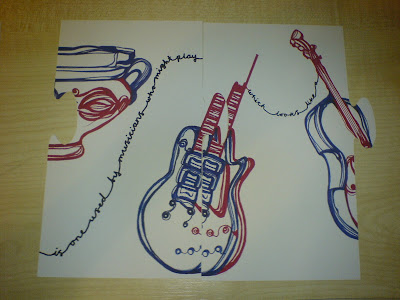One of the elements that will make or break our campaign is the
language.
We definately don't need to change our idea at all, we just need to lighten it up a bit with playful narrative.
I know this is ferg's bit (and i dont want to step on any toes but i had an idea when i was washing up! ;) )
IDEA 1
jake mentioned that describing some nonsense story in a
enthusiastic way that is really
engaging, interesting and draws the viewer in.
("...and he had accedently shot him so, you'd never guess, he jumped into the plane and who was sitting next to him? have a guess...go on! go on guess.! Elton John! YES! Elton f***ing john!")
i know, the above story's a bit stupid, but maybe a stream of consciousness is a way to go? like the first thing that pops into your head? or if we say a sentence each and go around the 4 of us a few times to get a paragraph worth of languge.
HUMAN EXPRESSIONS like pauses and "umm"s and "ahhh"s would be quite endearing and realistic but definately NO waffle! as that's how we'd lose the viewer.
another idea for this is to get a basic "fill in the blanks" and have the object, some famous people names in a bag/hat/sock (vessel, gun, radio, elton john, mick jagger etc.) and then pick out a word to fit in? again nonsence and playfulness but it might work? probably have to have some amount of control though, so if it doesn't make any sense and sounds ridiculous, then we can change it
IDEA 2
Again that stream of consciousness narrative; so we randomly select, say, 4 of the objects/people we have got so far relating to the v&A- it might be mick jagger, the wine cooler, shag room, keyboard for example.
On the spot, we make up a story linking them- the more ridiculous the better.
I have a voice recorder that would be really helpful in recording each of us as we talk and
if ferg gets a laptop out from the central loan store tomorrow? we could immediatly put them on there, listen to it and if there are 1/2 good ones we can make a script of it and then begin putting it onto leaflets/posters/postcards? Probably getting a bit carried away here!
Im starting to finalise what formats we'll use now so we can start running with it tomorrow, and start piecing together images/language/colours for final.
see you all tomorrow!
Aneeka


















